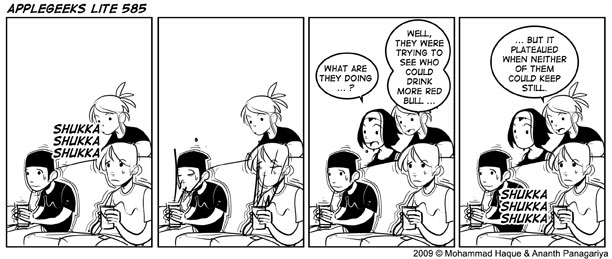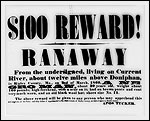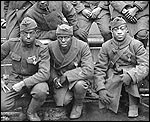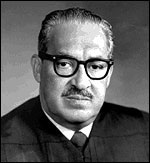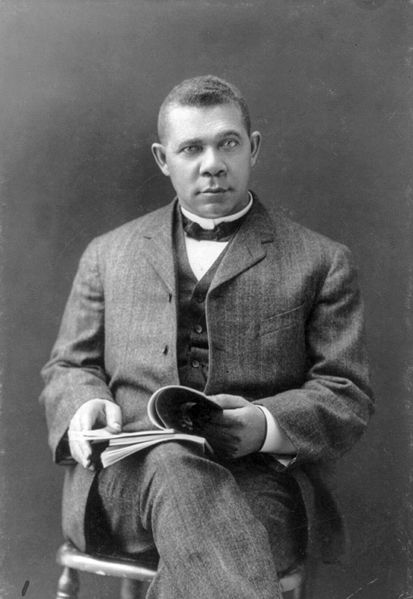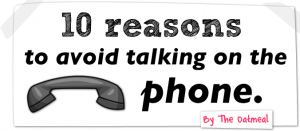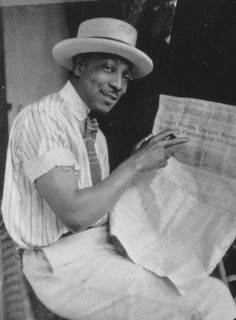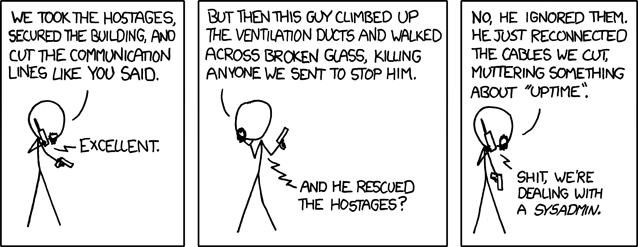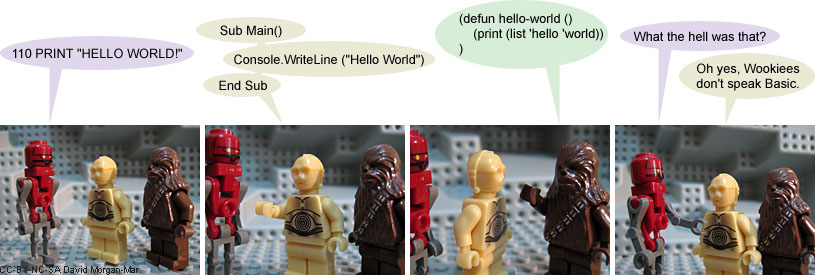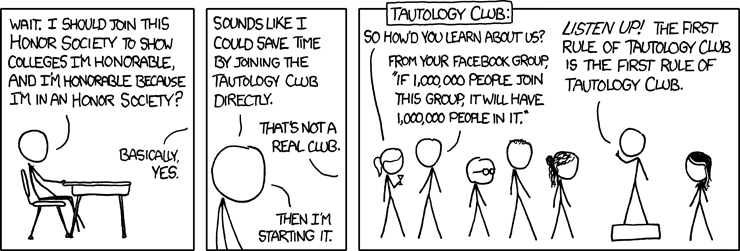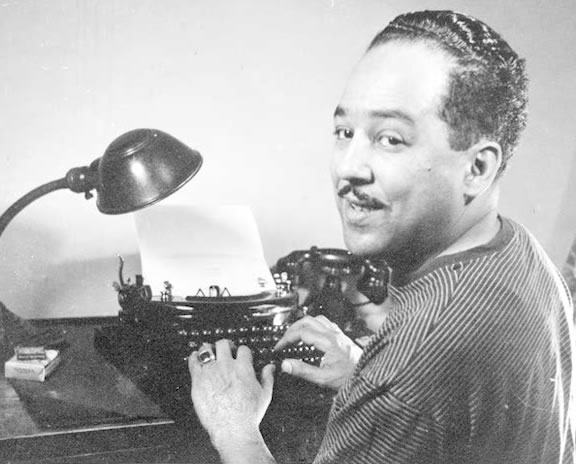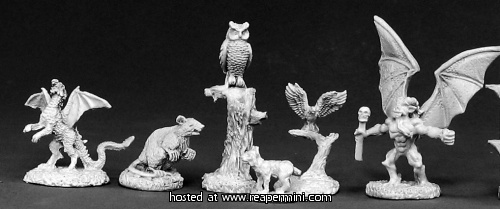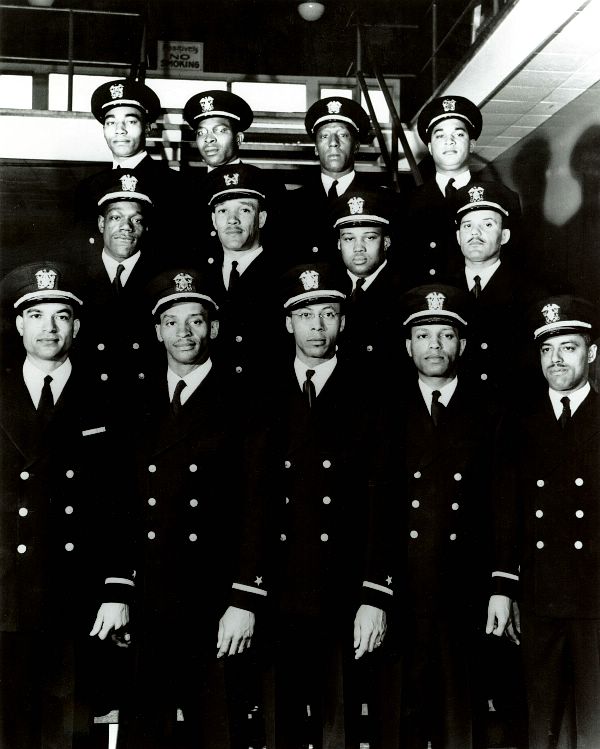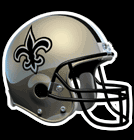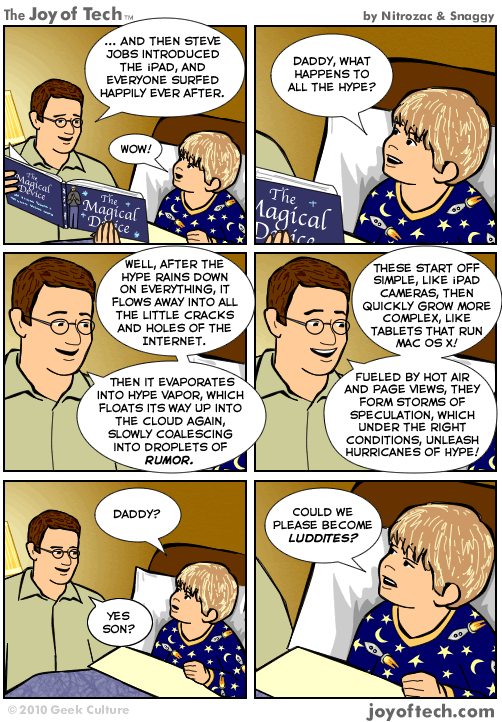Thursday – 25 February 2010
It’s NBN Comics Thursday.
Finally.
Amen.
One more day, then this week can be put to bed.
After yesterday’s stay in the hinterlands, I got home and cooked dinner – grilled chicken with rice (prepared in cream of mushroom soup) and stir-fried vegetables. While we ate, SaraRules and I watched Justice League: Crisis on Two Earths. It was an adaptation of two stories:
- Grant Morrison’s Earth 2 and
- Dwayne McDuffie’s story concept to bridge the Justice League and Justice League Unlimited series.
It was a good movie. I was a little disappointed in a couple spots with the voice casting:
- William (Billy, Bubba-ho-tep, whatever they’re calling him this week) Baldwin was an… okay… Batman, but wasn’t quite what I expected. Or, perhaps, he was trying a bit too much to emulate Kevin Conroy. I’m not sure.
- Billy Bloom’s portrayal of Ultraman was…. well… I read someone’s critique where they said that he “…sounded like a Jersey Guido.” Spot. On. Assessment.
- Mark Harmon’s Superman wasn’t quite right, either. Don’t get me wrong (if I come and go like fashion): I like Mark Harmon; he’s a big part of the reason that I watch NCIS semi-religiously. I think that this might come down to a lack of experience with animated voice acting. It wasn’t “bad,” it just wasn’t as spot-on as I had hoped. But, since it’s Mark Harmon, I’ll give him benefit of the doubt.
One place where I wasn’t let down: James Woods as Owlman. I don’t think they could have made a better choice.
The movie’s plot revolves around a plan by Lex Luthor. Not “that” Lex Luthor. This Luthor comes from a parallel Earth… where he is his world’s last remaining (super)hero. His opposition: The Crime Syndicate of America, a sinister analogue of the Justice League. Luthor goes to Earth-1 to recruit the JLA to fight – and hopefully defeat – the CSA.
As I said above, “It was a good movie.” It was fun, there were nice Easter Eggs for longtime DC fans, there was humor… it was a good package on the whole. I have yet to watch the DCUA short featuring The Spectre, but I’m looking forward to it.









Workout
Last night, SaraRules and I hit the gym:
- Bench Press: 3 sets/8 reps, 205 lbs
- Calf Raises: 3 sets/10 reps, 100 lbs
- Deadlift (barbell): 3 sets/10 reps, 50 lbs
- Bent-over Rows (dumbbell): 3 sets/10 reps, 35 lbs
- Shoulder Press (dumbbell): 3 sets/10 reps, 40 lbs
- Curls (dumbbell): 3 sets/10 reps, 30 lbs
Chew on This: Food for Thought – Black History Month
Today’s personal profile is: Andrew Young
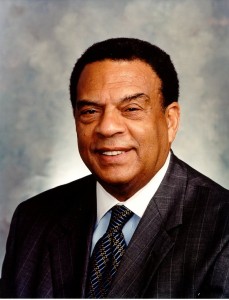
Andrew Jackson Young (born March 12, 1932) is an American politician, diplomat and pastor from Georgia who has served as Mayor of Atlanta, a Congressman from the 5th district, and United States Ambassador to the United Nations.
Young was reared in a middle-class black family, attended segregated Southern schools, and later entered Howard University (Washington, D.C.) as a pre-med student. But he turned to the ministry and graduated in 1955 from the Hartford Theological Seminary (Hartford, Conn.) with a divinity degree.
Young was appointed to serve as pastor of a church in Marion, Alabama. It was there in Marion that he met Jean Childs, who later became his wife. In 1957, Andrew was called to the Youth Division of The National Council of Churches in New York City. He produced a television program for youth called, Look Up and Live, travelled to Geneva for meetings of the World Council of Churches around the United States. Also while in Marion, Young began to study the writings of Mohandas Gandhi. Young became interested in Gandhi’s concept of non-violent resistance as a tactic for social change.
His work brought him in contact with Dr. Martin Luther King, Jr., and Young joined with King in leading the Southern Christian Leadership Conference (SCLC). Following King’s assassination in 1968, Young worked with Ralph Abernathy until he resigned from the SCLC in 1970.
In 1970 Andrew Young ran as a Democrat for Congress from Georgia, but was unsuccessful. He ran again in 1972 and won. He later was re-elected in 1974 and in 1976. During his four-plus years in Congress he was a member of the Congressional Black Caucus, and he was involved in several debates regarding foreign relations including the decision to stop supporting the Portuguese attempts to hold on to their colonies in southern Africa. Young also sat on the powerful Rules committee and the Banking and Urban Development committee.
He was an early supporter of Jimmy Carter, and, after Carter’s victory in the 1976 presidential elections, Andrew Young was made the United States’ ambassador to the United Nations. His apparent sympathy with the Third World made him very controversial, and he was finally forced to resign in 1979 after it became known that he had met with a representative of the Palestine Liberation Organization. In 1981 Young was elected mayor of Atlanta, and he was reelected to that post in 1985, serving through 1989.
Young ran unsuccessfully for Governor of Georgia in 1990, losing in the Democratic primary run-off to future Governor Zell Miller. However, while running for the Statehouse, he simultaneously was serving as a co-chairman of a committee which, at the time, was attempting to bring the 1996 Summer Olympics to Atlanta. Young played a significant role in the success of Atlanta’s bid to host the Summer Games.
Young is currently co-chairman of Good Works International, a consulting firm “offering international market access and political risk analysis in key emerging markets within Africa and the Caribbean.”
Stray Toasters
Namaste.


